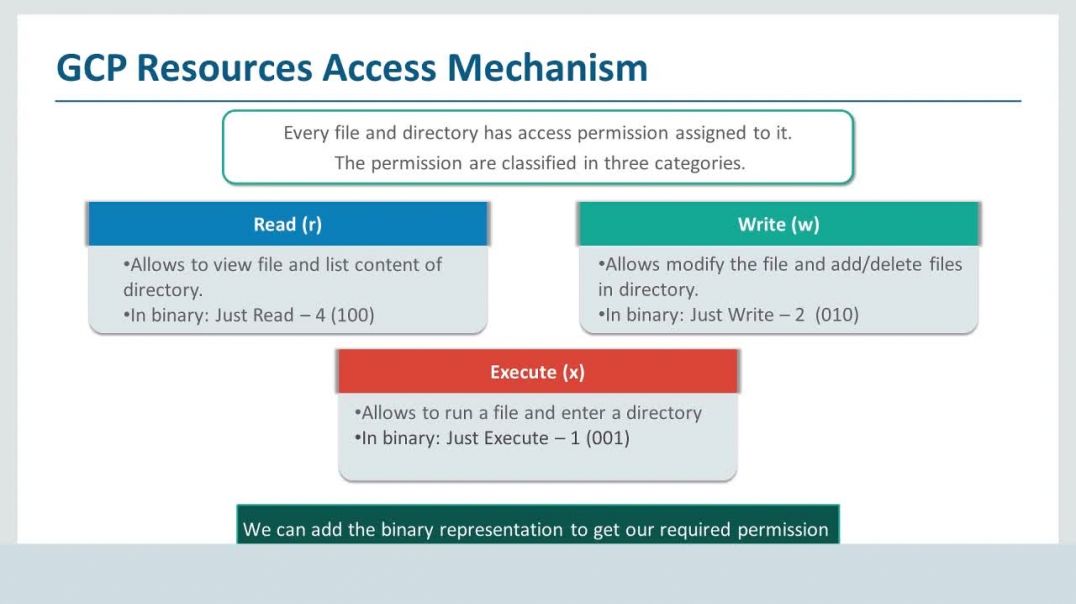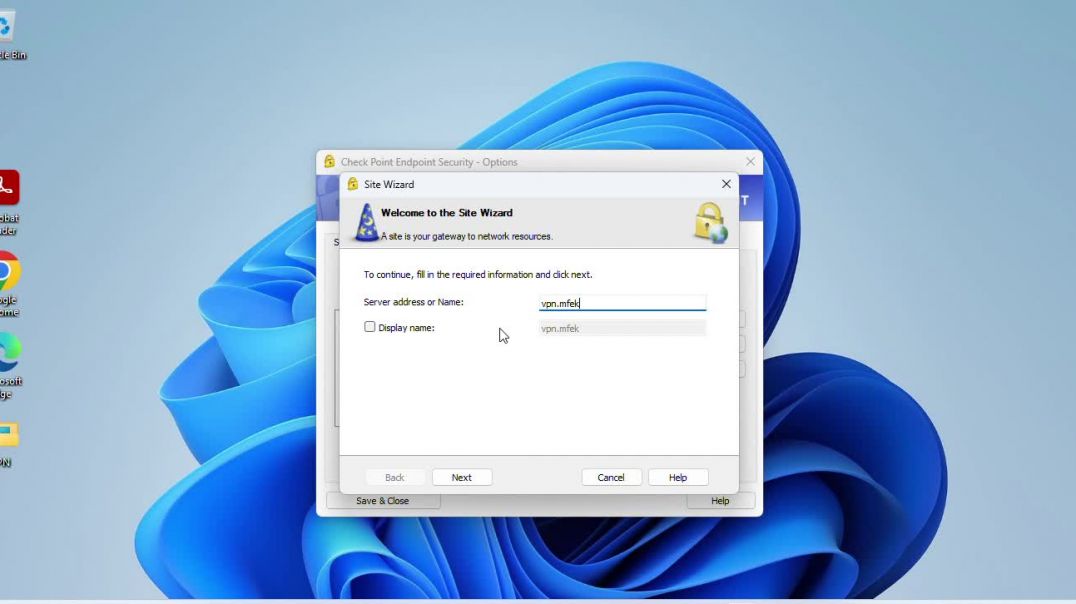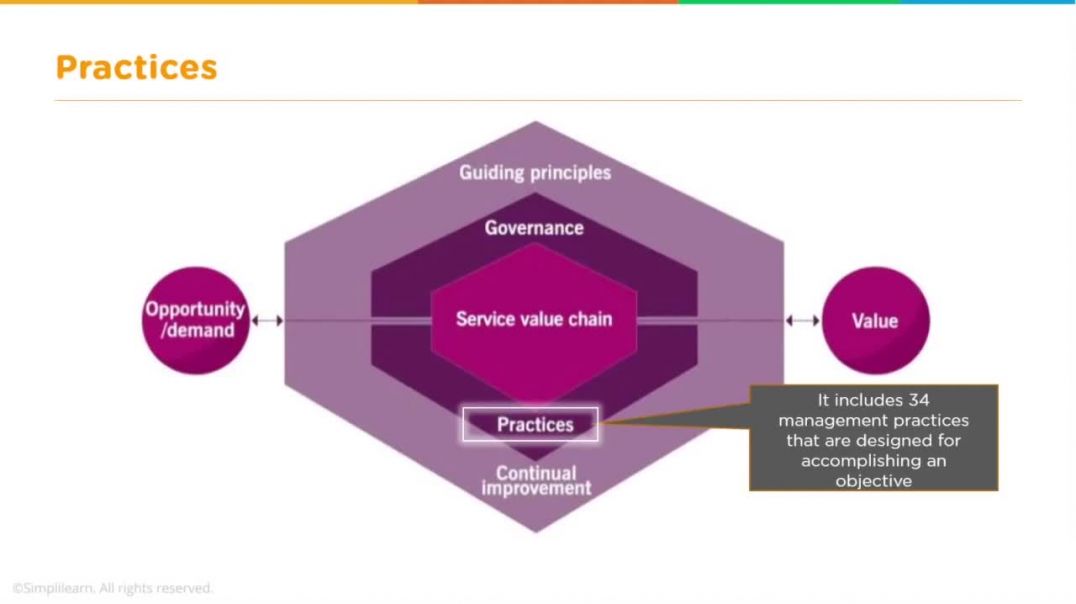
This is video private, just the publisher can view it.
User Administration in Linux | Linux Tutorial Private
User administration is one of the important task of Linux system administrator. Local accounts or users in Linux like operating system is managed by useradd, usermod, userdel, chage and passwd commands..
useradd command is used to create new accounts in Linux
usermod command used to modify the existing accounts in linux
userdel command is used to delete local account in linux
passwd command used assign password to local accounts or users.
chage command is used to view & modify users password expiry information
Root account
This is also called superuser and would have complete and unfettered control of the system. A superuser can run any commands without any restriction. This user should be assumed as a system administrator.
System accounts
System accounts are those needed for the operation of system-specific components for example mail accounts and the sshd accounts. These accounts are usually needed for some specific function on your system, and any modifications to them could adversely affect the system.
User accounts
User accounts provide interactive access to the system for users and groups of users. General users are typically assigned to these accounts and usually have limited access to critical system files and directories.
Unix supports a concept of Group Account which logically groups a number of accounts. Every account would be a part of another group account. A Unix group plays important role in handling file permissions and process management.
Managing Users and Groups
There are four main user administration files:
/etc/passwd − Keeps the user account and password information. This file holds the majority of information about accounts on the Unix system.
/etc/shadow − Holds the encrypted password of the corresponding account. Not all the systems support this file.
/etc/group − This file contains the group information for each account.
/etc/gshadow − This file contains secure group account information.
Check all the above files using the cat command.










